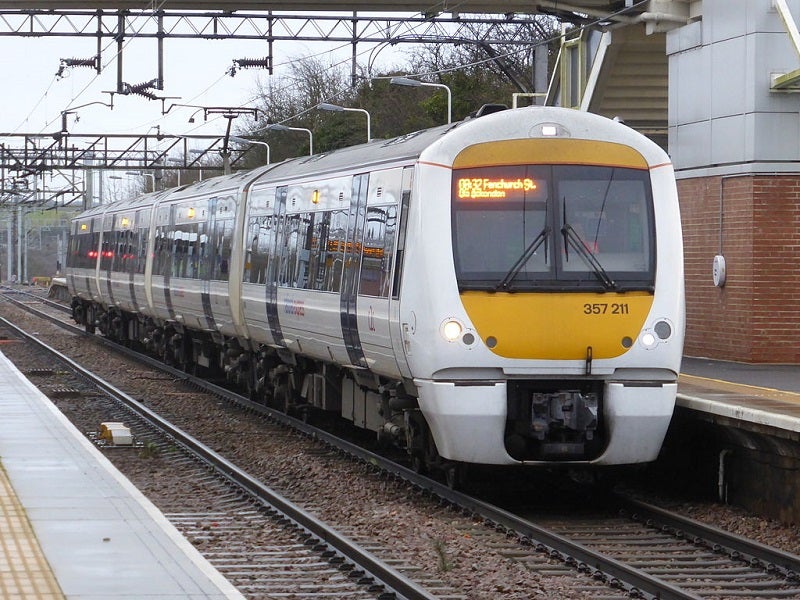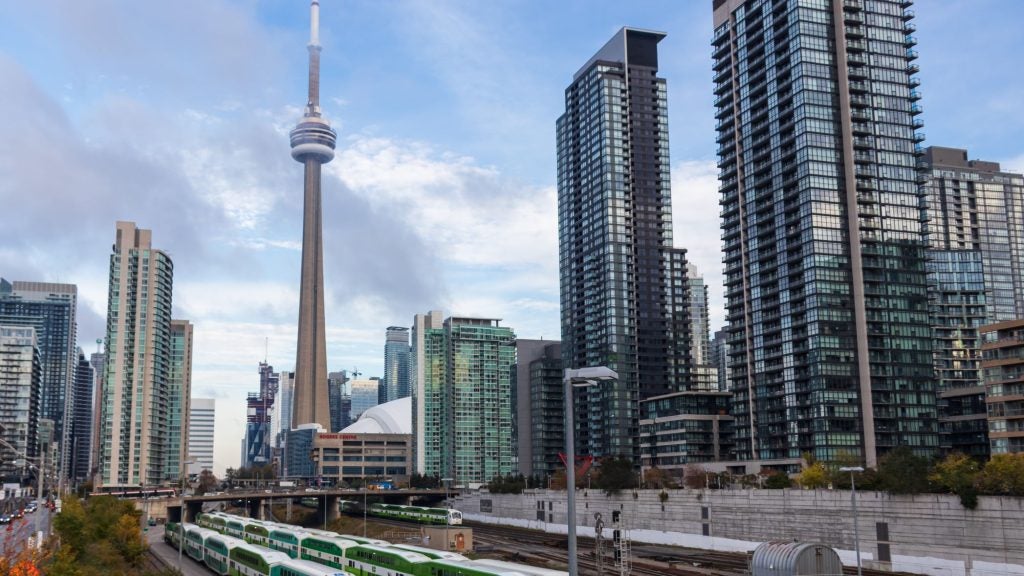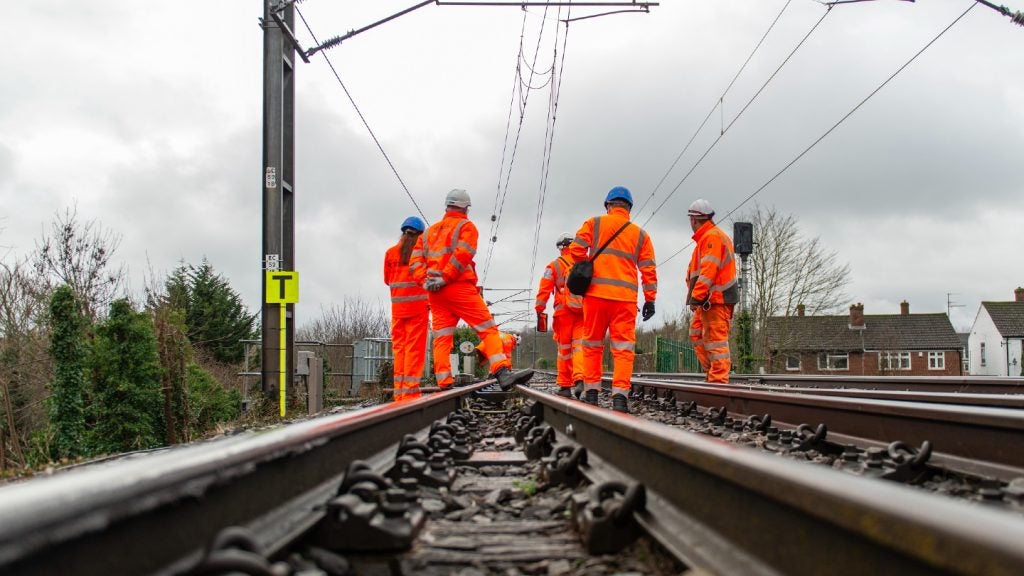
Earlier this year, British rail franchise c2c claimed the prize for Rail Operator of the Year at the UK 2018 National Transport Awards.
This was the 15th industry and corporate award won by the franchise in the last five years and marked the end of a challenging year for the operator, which was acquired by Trenitalia in February 2017.
Less than two years after being acquired, efforts to improve customer experience have paid off. During the awards night, c2c, which runs between London Fenchurch Street station and Essex, was hailed for its £100m deal for new trains, its compensation scheme and the implementation of free WiFi for all passengers.
Possibly its most talked about service, the automatic payback system, became particularly handy for the public in October this year when the line was plagued by disruption and delays due to a points failure.
With operations having now returned to normal, c2c managing director Julian Drury talks about the challenges his company is facing, the key features of its compensation scheme and the new upcoming plans in collaboration with Trenitalia.
Adele Berti: To what do you owe winning the award for operator of the year?
Julian Drury: Ourbread-and-butter is running a punctual train service that our customers can depend on. We have a strong reputation in this field, but also have some real challenges. Most of this is related to capacity: our route is running at full capacity in the peak with zero operational contingency if something does go wrong. Despite this, we’re now back to running the most punctual commuter service in London and the South East.
How well do you really know your competitors?
Access the most comprehensive Company Profiles on the market, powered by GlobalData. Save hours of research. Gain competitive edge.

Thank you!
Your download email will arrive shortly
Not ready to buy yet? Download a free sample
We are confident about the unique quality of our Company Profiles. However, we want you to make the most beneficial decision for your business, so we offer a free sample that you can download by submitting the below form
By GlobalDataWe’ve made crucial advances in other areas, like introducing automatic compensation for delays, better information to help commuters find a seat and improved on-board facilities like free WiFi.
This has all been achieved while we were establishing our business under new ownership, following our acquisition by Trenitalia in February 2017. In the railway industry we’re used to the idea that train operating companies change hands, but this happens at the end of a franchise when everyone is expecting there could be new owners. In contrast, our acquisition came mid-franchise, and so the first we were able to tell our staff about it was the same time that the news was made public.
This had the potential to be destabilising and introduce uncertainty for our customers and staff. Instead, we have flourished under our new ownership, backed by additional investment and we have ensured the hard work behind the scenes has not had any negative impact on our service.
AB: What improvements did you make to your customer services?
JD: We all know that the biggest priority for customers is being able to depend on a reliable service that gets them to their destination on time.
We offer compensation for delays that are as short as two minutes. It may only amount to a few pence each minute, but [since] we are wasting the customer’s time, we are compensating them for that.
A challenge that has dogged us and the rest of the industry for years is people complaining that they are standing on busy trains, when there are empty seats located 100 metres behind them on the same service – but the customer doesn’t know they’re there.
We know how busy each train is at each station, because the sensors on the train give us that information. The challenge is getting it to the customer. Last year, we became the first train operator to upload information on seat availability to our platform departure boards, alongside details of the arrival time and where the train is calling.
AB: How does your compensation package work?
JD: The key to making everything work is our Smartcard system. From that data, we know who each customer is, and what time they tapped in and tapped out at the gates during their journey.
That allows us to calculate which train they were on, and whether it arrived on time. Once we join our systems together, the rest is simple. We know how much compensation is owed, and the right thing to do is to credit that payment automatically.
Earlier this year, we increased the amount of compensation we pay out by adopting the Delay Repay 15 initiative alongside our existing compensation regime. 15 minutes of delay is long enough to have a noticeable impact on our customer’s journey and our new approach increased how much we pay out after that time by up to 700%.
AB: What are your main challenges?
JD: The biggest challenge is certainly capacity. We know there is huge housing growth coming in east London and south Essex, even allowing for the existing economic uncertainty.
We already have a deal in place for extending our train fleet, with new carriages arriving in 2021 which will provide a 20% increase in capacity. Now we’re turning our attention to what else can be done after that, such as whether it is possible to improve the signalling infrastructure.
We’re currently running at our maximum operational capacity of 20 trains per hour through to Fenchurch Street during the peak. If we can increase the route capacity, it will enable us to run more trains – and also provide more flexibility to recover from disruption.
AB: What services are coming up next?
JD: Our priority at the moment is a new ticket-retailing system called Pico, which we are introducing to the UK market. It supports the five different channels our customers use to buy their tickets through one single system. Ticket offices, ticket machines, web sales, mobile sales and handheld devices for our revenue protection staff will all operate through Pico.
For the customer, it means they will be able to buy their ticket on the channel of their choice. For our staff, it means they can help any customer with their ticket enquiry, because they have access to the right system there and then, irrespective of how and where they bought that ticket.
AB: What example are you setting for other rail operators?
JD: We assess each delay to understand the root cause and what we can do to address it. We spend a lot of time breaking down our processes and rebuilding them to ensure we’re operating efficiently and effectively.
That’s our approach, and if other operators can benefit from following our lead then that is good news for passengers and for the rail industry.
Similarly, we have invested in our ticketing infrastructure, with our Smartcard system and ticket gates at every station. Not every train operator has these building blocks in place, so they can’t necessarily introduce similar products today. But we like to think we’ve shown what is possible with new technology, and how the customer can really benefit from innovative thinking.





